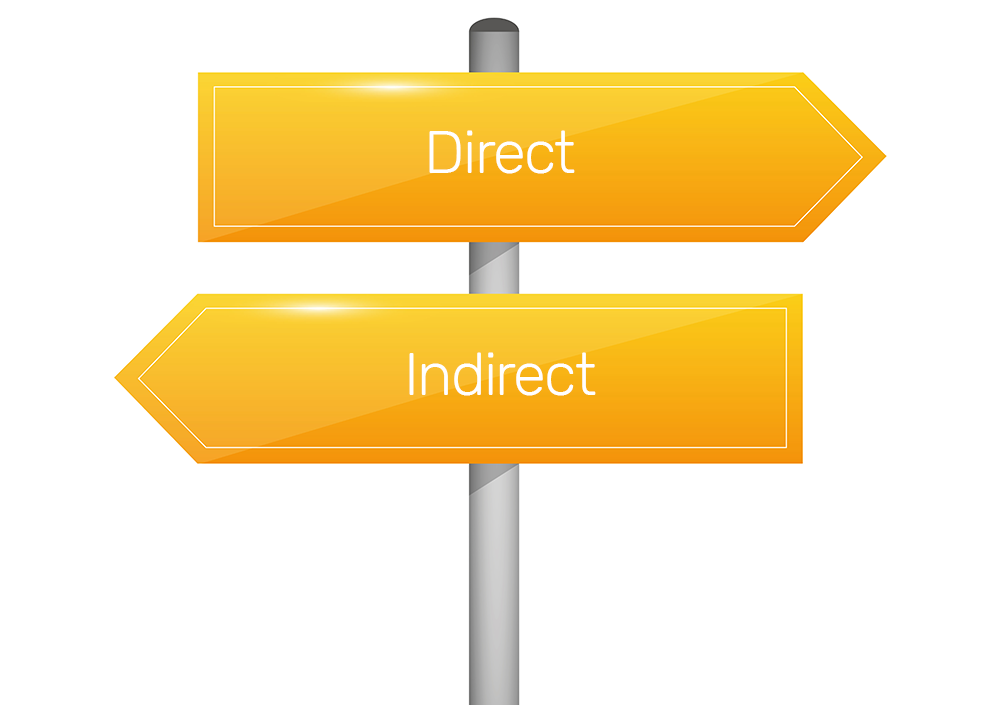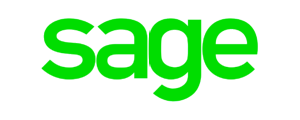If you’re thinking: “How to set up Direct Debit for my customers?” then this FAQ and guide is for you.
The setup process can feel overwhelming, however it’s relatively straightforward with some clear steps to follow.
Direct Debit Setup Guide Navigation
- How Do I Become a Direct Submitter?
- How Do I Become an Indirect Submitter?
- Differences Between a Bureau Service and a Managed Service?
- What’s the Same Between These Two Services?
- I Want to Be an Indirect Submitter and Know Which Service I’d Like, Now What?
- How Do I Get My Customers to Pay by This New Method?
- I’ve Got the Mandates from My Customers, What’s Next?
- How Do I Know That The Payments Have Worked?
- What If a Direct Debit Fails?
How Does My Business Access The Scheme?
 In order to access the Direct Debit scheme, run in the UK by Bacs, you need to decide whether you’re a direct or indirect submitter.
In order to access the Direct Debit scheme, run in the UK by Bacs, you need to decide whether you’re a direct or indirect submitter.
A direct submitter, also known as a Direct Debit originator, is a business that has been approved by Bacs and authorised by its bank to manage in-house the entire process of collecting and submitting Direct Debits to Bacs.
Direct submitters have their own unique Service User Number (SUN) and are often large organisations that handle a huge volume of Bacs transactions and have revenues between £1-10 million.
In order to manage the initial setup and ongoing administration, they are willing to invest in dedicated staff, Bacs-approved software, training and maintenance.
Indirect submitters are often smaller businesses, charities and sole traders, that either can’t get a SUN from their bank or who have a SUN but don’t want to run the Direct Debit process internally. Most SME’s are indirect submitters.
An indirect submitter outsources the Direct Debit setup and ongoing management of their Direct Debits to a Bacs-approved specialist third party, such as FastPay. These specialists are known as bureaux or facilities management providers.
How Do I Become a Direct Submitter?
 To become a direct submitter, you need to work with your bank. Each bank has its own set of criteria for supplying a business with a SUN.
To become a direct submitter, you need to work with your bank. Each bank has its own set of criteria for supplying a business with a SUN.
These could include evidence that your business has specific financial management experience, proof of business integrity, the presence of specific operational procedures and an established trading history. You might also be required to pay a bond.
There’s an element of risk involved for a bank to sponsor a business by supplying it with its own SUN and authorising it to submit directly to Bacs. These standards ensure that businesses don’t abuse the system and are responsible users.
How Do I Become an Indirect Submitter?
There are two ways to become an indirect submitter.
If you’ve asked your bank for a Service User Number and this has been granted to you, then you can use a bureau service.
However, if you don’t have a SUN from your bank then you can use a managed service from a facilities management provider who’ll provide you with a personalised SUN.
Specialist third-party providers usually offer both services.
What are the Main Differences Between a Bureau Service and a Managed Service?
 Both the bureau and managed services will enable your business to operate Direct Debits for your customers.
Both the bureau and managed services will enable your business to operate Direct Debits for your customers.
The core difference – other than the bureau service requires you to have your own SUN and the managed service doesn’t – is that the bureau service allows the funds collected to be deposited into your bank account on the same day.
With the managed service, as the SUN has been provided by the third-party specialist rather than the bank, the funds are collected from customers and held in a Client Trust Account which the provider holds in your business’ name. Once the funds clear, the monies are transferred into the business’ bank account, which can take a few days.
What’s the Same Between These Two Services?
The services offered by different providers vary, however with FastPay, the bureau service and the managed service both provide the following:
- Straightforward, flexible Pay As You Go pricing with no hidden costs, no monthly or annual fees, low set-up fees and volume discounts available
- Fast Direct Debit setup, most accounts are up and running within 24 hours
- Excellent customer service, with free phone and email support and a personal, friendly service
- Three branded and Bacs-approved sign-up methods to move your customers onto Direct Debit using a method they prefer e.g. scripts for use over the phone, by signing a paper mandate or via a secure, online sign-up page
- The option to link with your existing accounting software or processes with API integration, and integrations are also available for Xero and Sage
- Market-leading software with an intuitive online account and a proactive reporting system that flags if a Direct Debit has been returned
- Flexible payment dates and processing, with funds transferred quickly
I Want to Be an Indirect Submitter and Know Which Service I’d Like, Now What?
The next step is to contact your chosen provider and work with them to set up your account. With FastPay, this can happen in as little as 24 hours.
The provider will give you specific steps to take and request relevant information from you, such as your business’ address and the details of the bank account you’d like your Direct Debit funds deposited into.
If you’ve opted for the bureau service then you’ll need to contact your bank to link your SUN to the bureau number of your chosen provider.
You’ll also be provided with the relevant branded mandates, telephone scripts and online sign-up pages as required to get your customers signed up to Direct Debit. As well as all additional documentation necessary, with instructions on what information you need to collect from customers.
How Do I Get My Customers to Pay by This New Method?
 Once you’ve set up your account with a provider such as FastPay, and received all the Bacs-approved online or paper forms and telephone scripts then you’re ready to get your customers paying you by Direct Debit.
Once you’ve set up your account with a provider such as FastPay, and received all the Bacs-approved online or paper forms and telephone scripts then you’re ready to get your customers paying you by Direct Debit.
Each customer has to sign a Direct Debit mandate. This is an instruction from your customer to their bank that approves your business to collect payments from their account.
The mandate, also known as a Direct Debit Instruction (DDI), is standardised and authorises all future payments providing the mandate isn’t cancelled and that you give the correct advance notice.
A Direct Debit mandate enables you to get the relevant information from your customer in order to process recurring collections. It can also set out a schedule and payment amount if the amounts and dates of collection will remain the same, for example £10 on the 2nd of every month.
Each Direct Debit is protected by the Direct Debit Guarantee which safeguards both you and your customer from any fraudulent or incorrect payments.
I’ve Got the Mandates from My Customers, What’s Next?
Once you’ve got the completed mandates from your customers, you’ll then need to send that information to your chosen provider using the documentation that they’ve provided you with and in the format that they’ve requested.
This information is then processed by your provider and the data is inputted into the relevant files and submitted to Bacs using approved, secure software.
Bacs will then administer the actual collection of funds from your customers’ accounts on the pre-agreed date and for the pre-agreed amount. Then it’ll deposit the monies either straight into your bank account, if you’re using the bureau service, or into a Client Trust Account, if you’re using the managed service.
How Do I Know That The Payments Have Worked?
 Your provider will tell you what date you can expect to see your customers’ Direct Debit payments in your bank account. You can access your account on that day and check your statement.
Your provider will tell you what date you can expect to see your customers’ Direct Debit payments in your bank account. You can access your account on that day and check your statement.
You can also log in to your account with your provider to see the Direct Debits collected and amount deposited.
If there are no changes to the Direct Debit instruction from your customer, then this payment collection can continue repeatedly for the same amount and on the same date until it’s cancelled.
For this reason, the DD payment method helps to improve a business’ cash flow.
Funds are deposited into your business bank account at the same time each week, month or quarter, depending on the timeframe agreed with your customers.
What If a Direct Debit Fails?
Direct Debit is fully automated and generally runs smoothly. However, on occasion, a Direct Debit might not be processed.
Known as a returned or ‘bounced’ Direct Debit, this failure is usually because your customer doesn’t have enough funds in their account on the date of collection. Other reasons include a change in bank or personal details, if the payer doesn’t think the amount is correct or if they believe the date is earlier than agreed.
If this happens, then your provider will inform you of the reason given by Bacs e.g. ‘insufficient funds’, and inform you of the most appropriate and effective next steps to take. You can then contact your customer and agree a date for the Direct Debit to be attempted a second time. The provider will then manage the process with Bacs.
Set Up Direct Debit for Your Customers Today
Setting up Direct Debits for your customers involves a few decisions and a number of steps. Approaching it methodically, and partnering with an expert provider, can see your Direct Debit process up and running within 24 hours.
We hope this guide has answered your question: ‘how to set up direct debit for my customers?’, however if you’d like to know more then please contact us, browse our FAQ section or our About Direct Debit resource centre.












